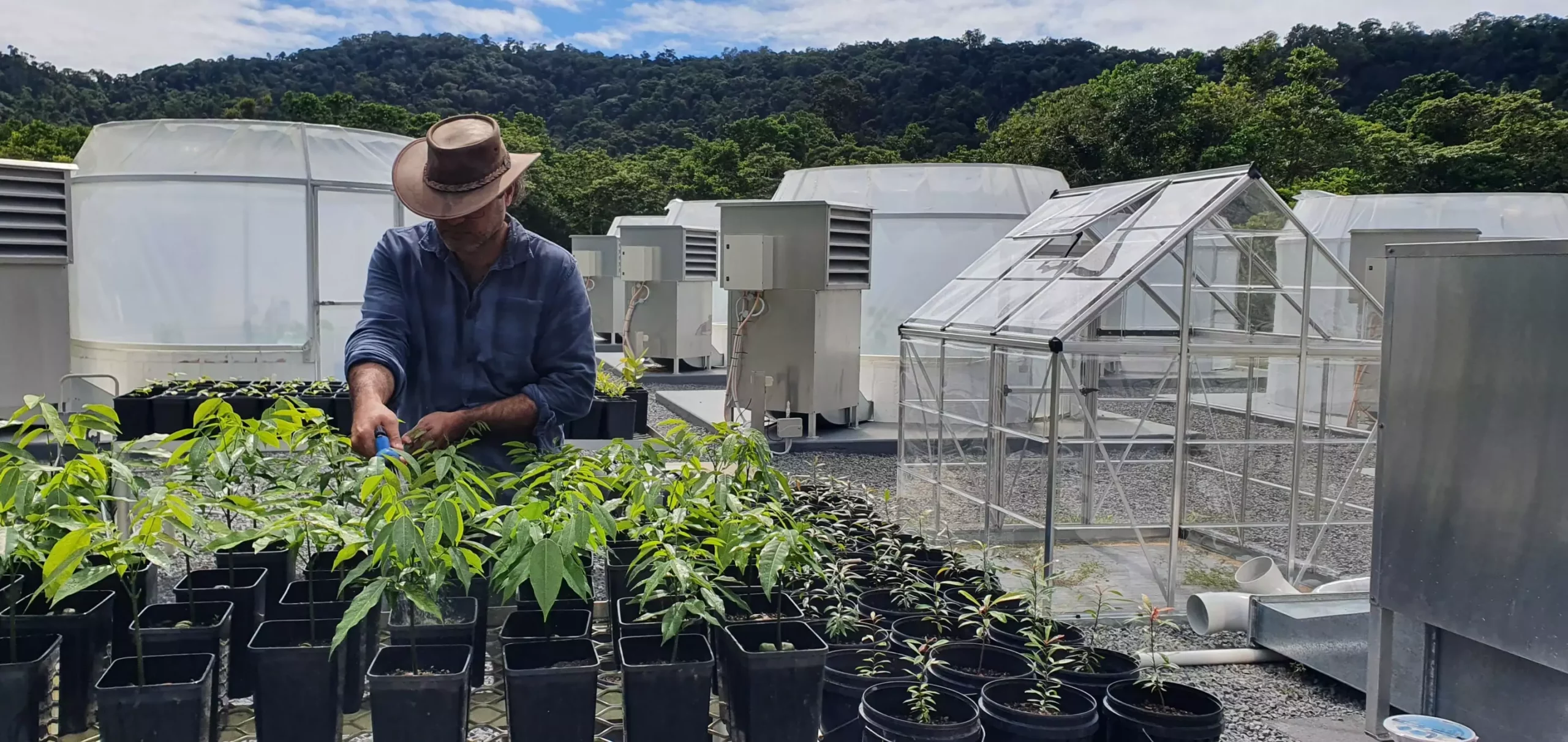Ozone is often portrayed in dichotomous terms: as a protective shield high in the atmosphere and as a detrimental pollutant at ground level. The former serves as a bulwark against the sun’s harmful ultraviolet (UV) radiation, a triumph of environmental advocacy and action. However, the latter presents a much graver challenge, particularly for tropical forests. New insights indicate that ground-level ozone—created when emissions from vehicles, industrial activities, and other sources react in the presence of sunlight—affects these vital ecosystems, hampering their ability to sequester carbon dioxide. This has significant implications for climate change, as these forests are essential for capturing carbon that would otherwise contribute to atmospheric warming.
Research recently published in *Nature Geoscience* illuminates the extent of this issue, showing that ground-level ozone is responsible for a notable 5.1% reduction in annual growth rates among tropical forests. This figure demonstrates a stark reality: ozone’s pernicious influence is not uniform across the globe. In regions such as Asia, the growth reduction is even more severe, reaching an alarming 10.9%. Such declines in growth rates translate into an astonishing 290 million tonnes of carbon that could have been sequestered but are instead lost annually due to ozone presence. This cumulative deficit exemplifies a dangerous trend, where tropical forests are less able to fulfill their roles as carbon sinks.
The importance of tropical forests cannot be overstated; they serve as crucial buffers against climate change by absorbing carbon dioxide, a greenhouse gas. Dr. Alexander Cheesman from James Cook University and the University of Exeter emphasizes this critical function, noting that air pollution, in this case, ozone, threatens the very ecosystem service that aids in mitigating global warming. With a notable 17% reduction in carbon removal attributed to ozone since 2000, the urgency of addressing this issue becomes plain.
Research Findings and Future Implications
To gain a clearer understanding of the impact of ozone on tropical forests, researchers conducted experiments to assess the vulnerability of various tree species to ozone exposure. They then integrated these findings into a comprehensive model simulating global vegetation patterns. Alarmingly, the results suggest that urbanization, industrial growth, and increased reliance on fossil fuels have led to a surge in ozone-forming precursor molecules, specifically nitrogen oxides. As global temperatures rise, the concentration of ground-level ozone is projected to increase further, exacerbating the conditions for tropical forests and undermining efforts focused on forest restoration and climate change mitigation.
As the world grapples with the dual challenges of climate change and air pollution, addressing ground-level ozone’s harmful effects on tropical forests will be vital. These ecosystems are not only key to carbon sequestration but serve myriad other environmental functions, making their preservation essential for future ecological stability. Efforts to curb ozone precursors through legislative and behavioral changes could mitigate these impact losses, safeguarding tropical forests and, by extension, our planet’s climate health. The findings underscore the interconnectedness of environmental degradation and climate action, urging immediate attention to ground-level ozone’s hidden costs.


Leave a Reply